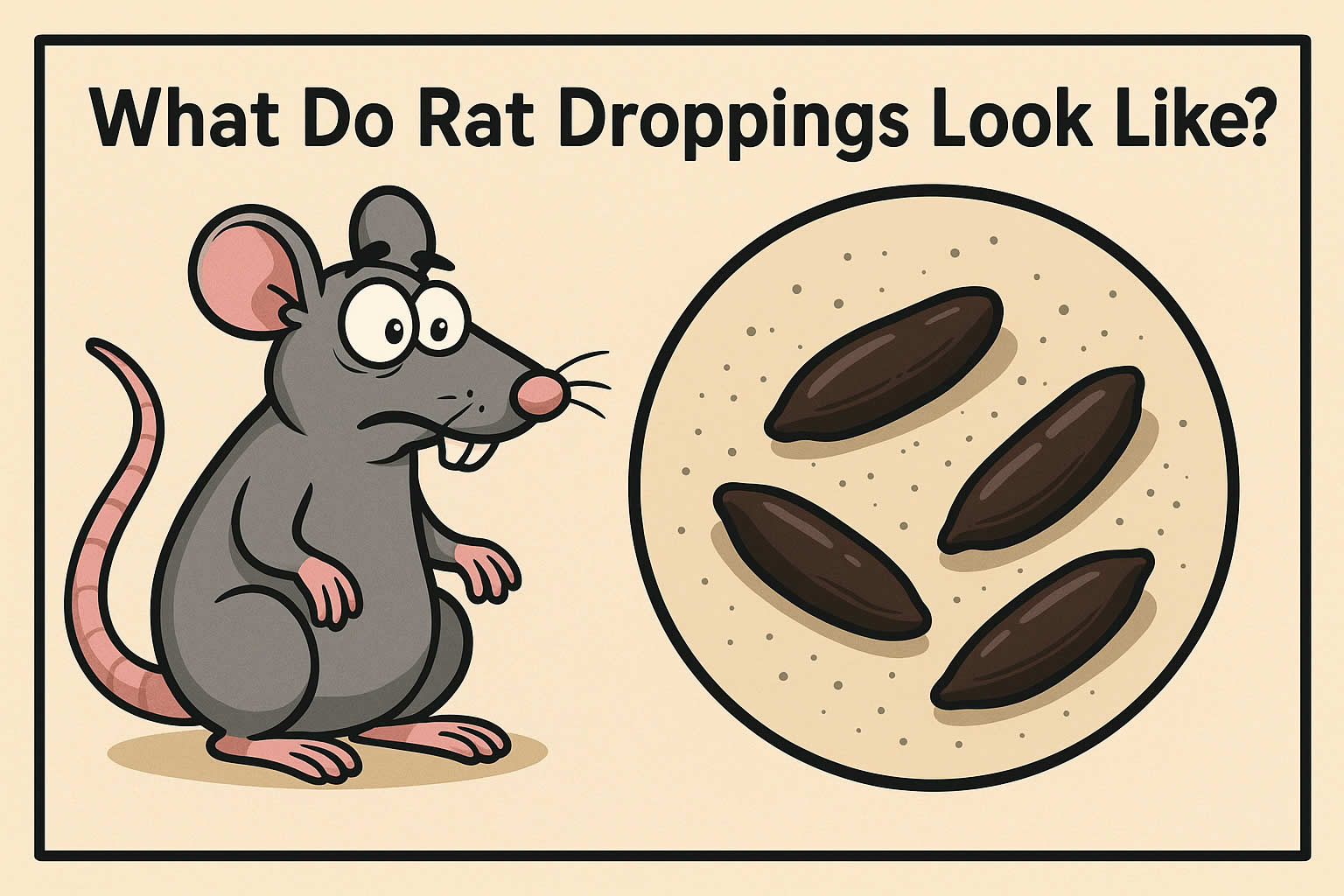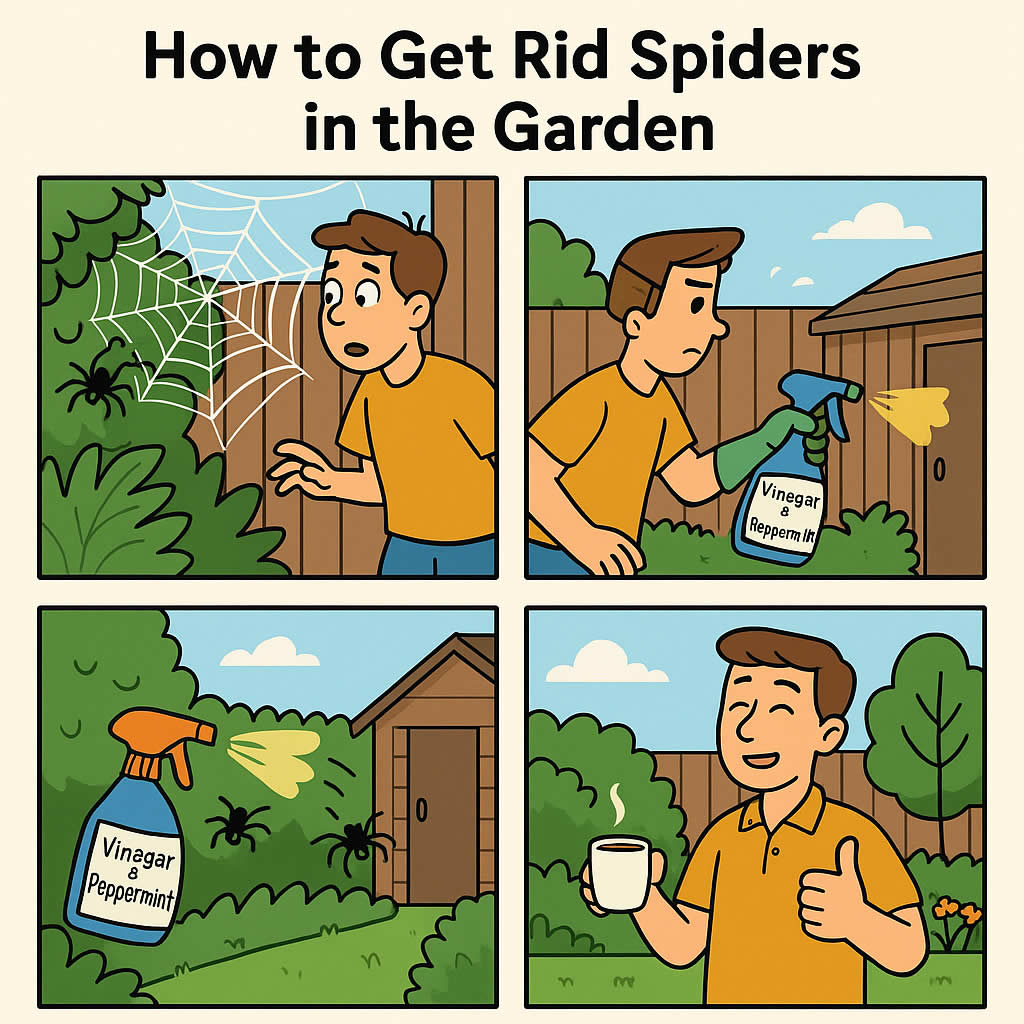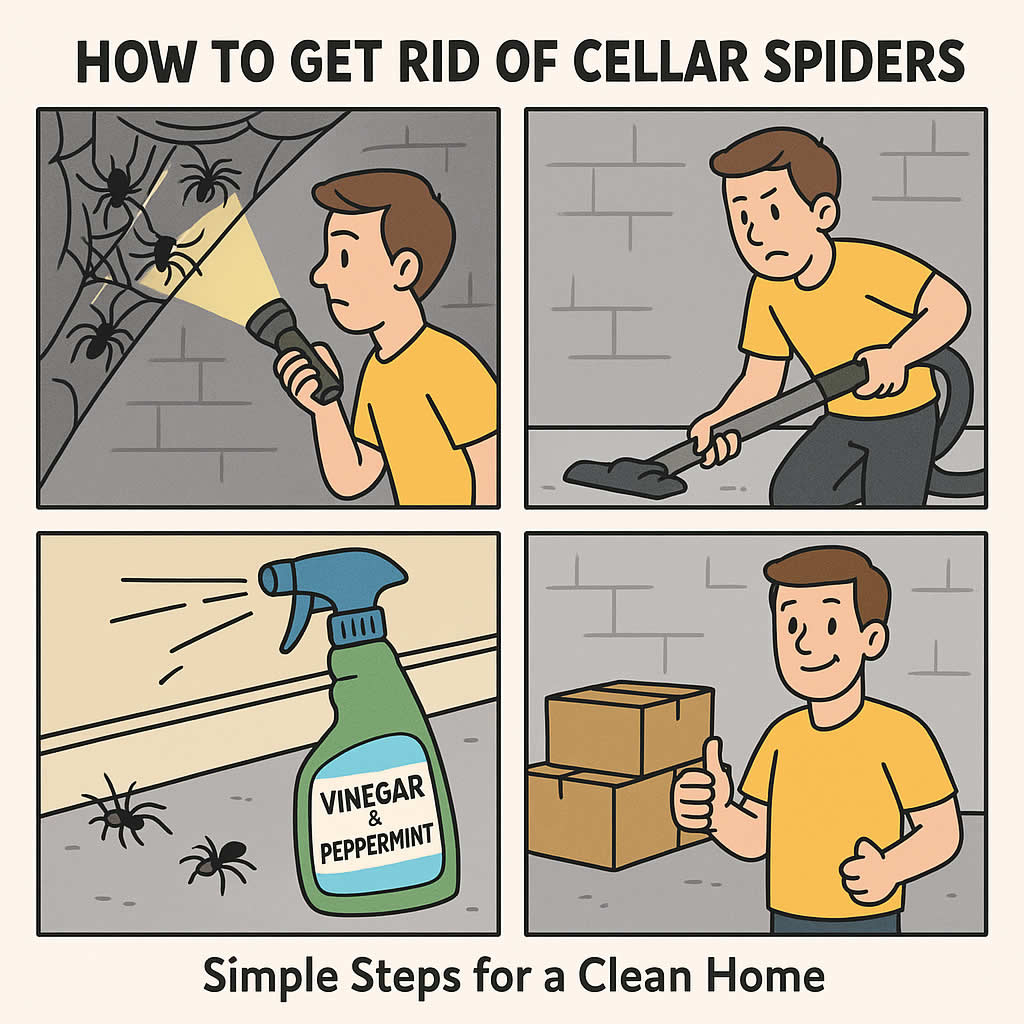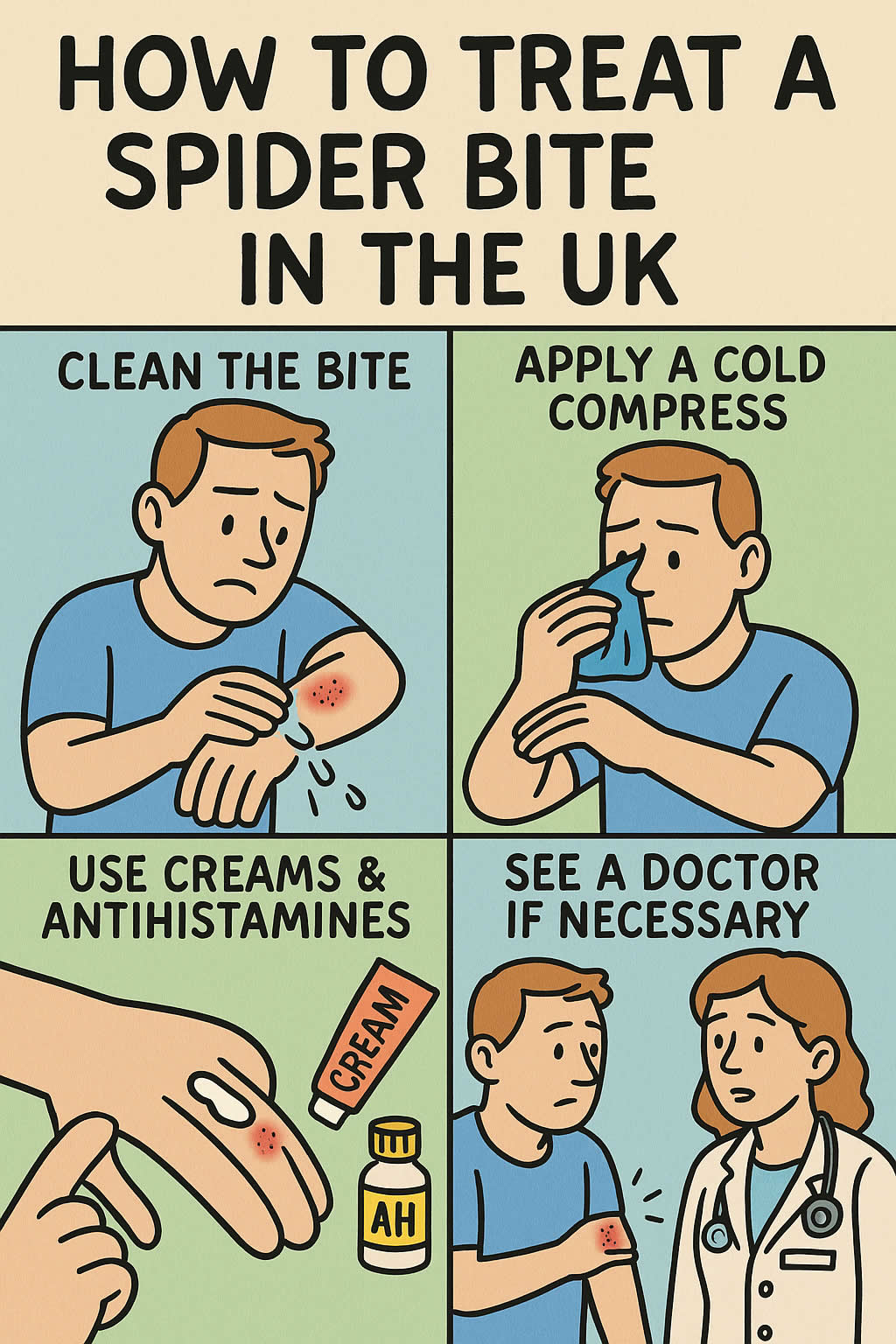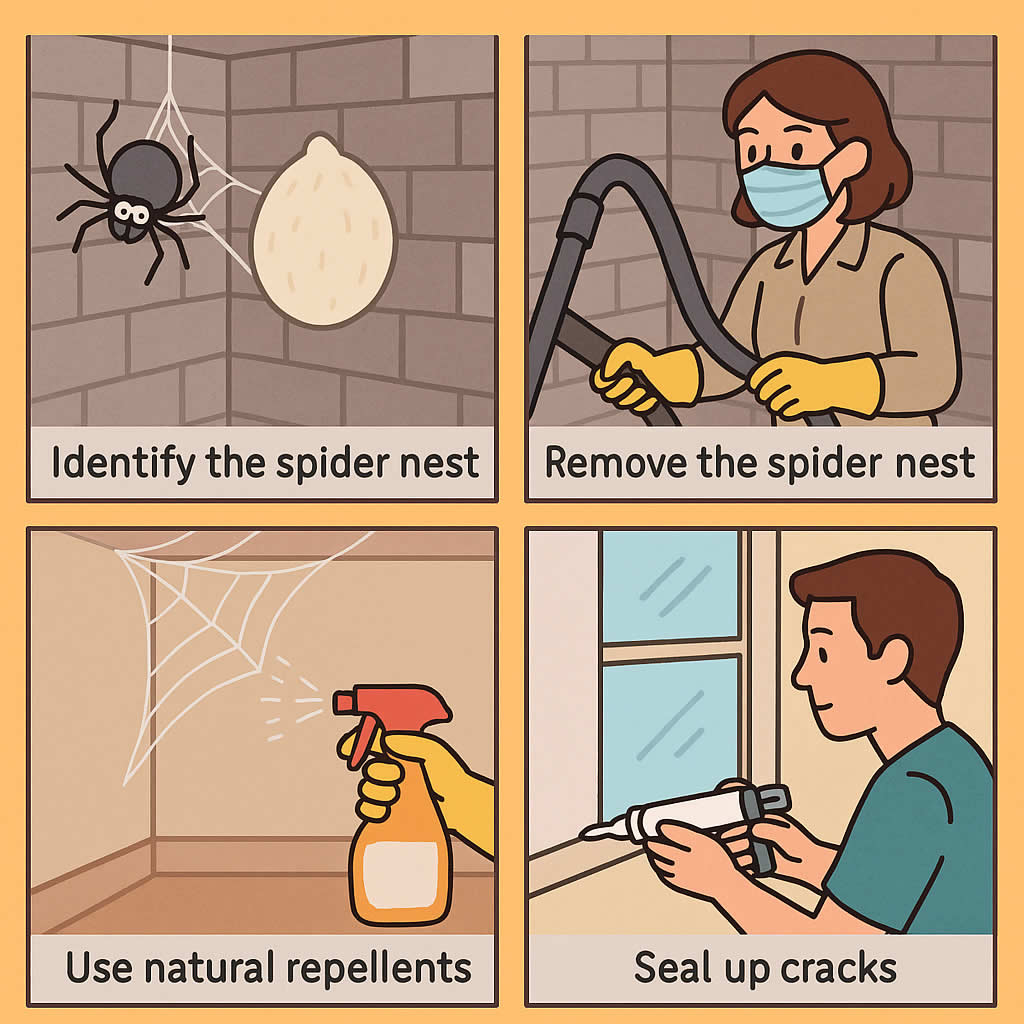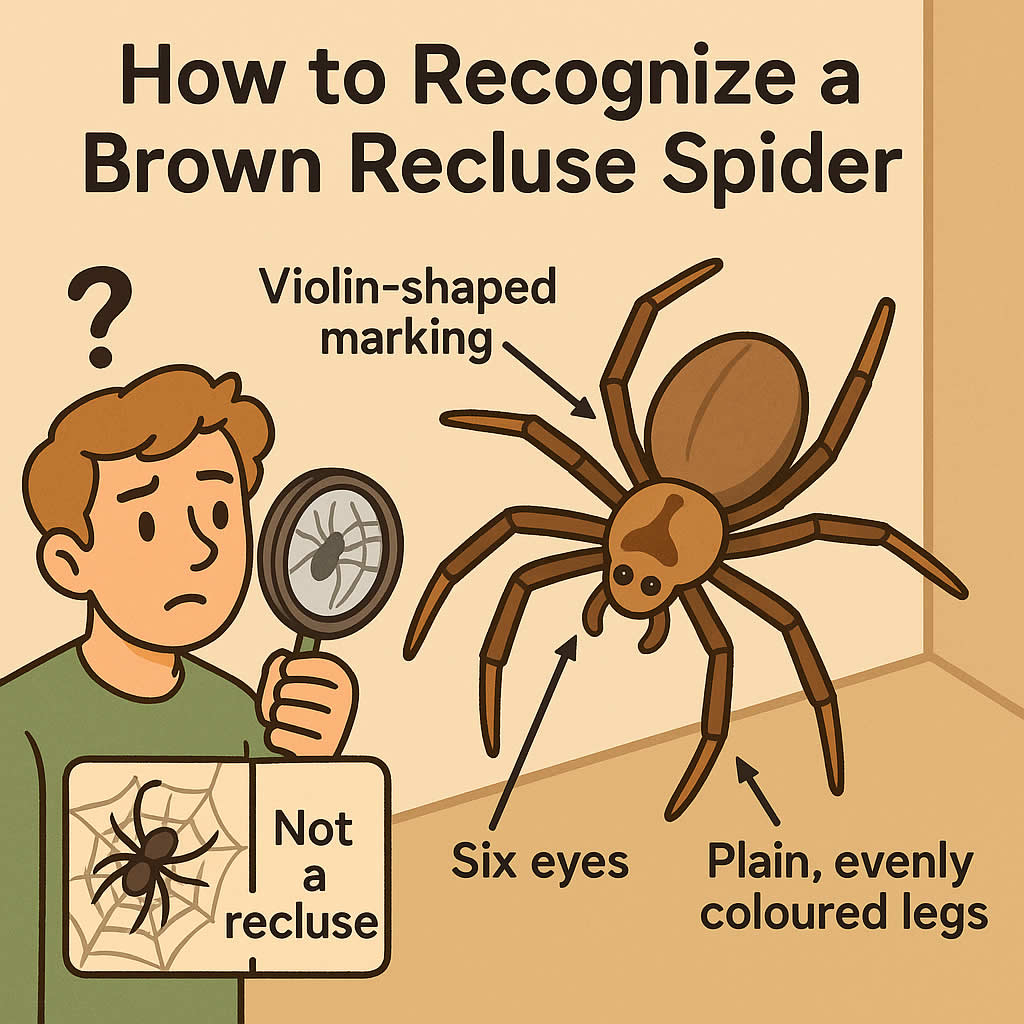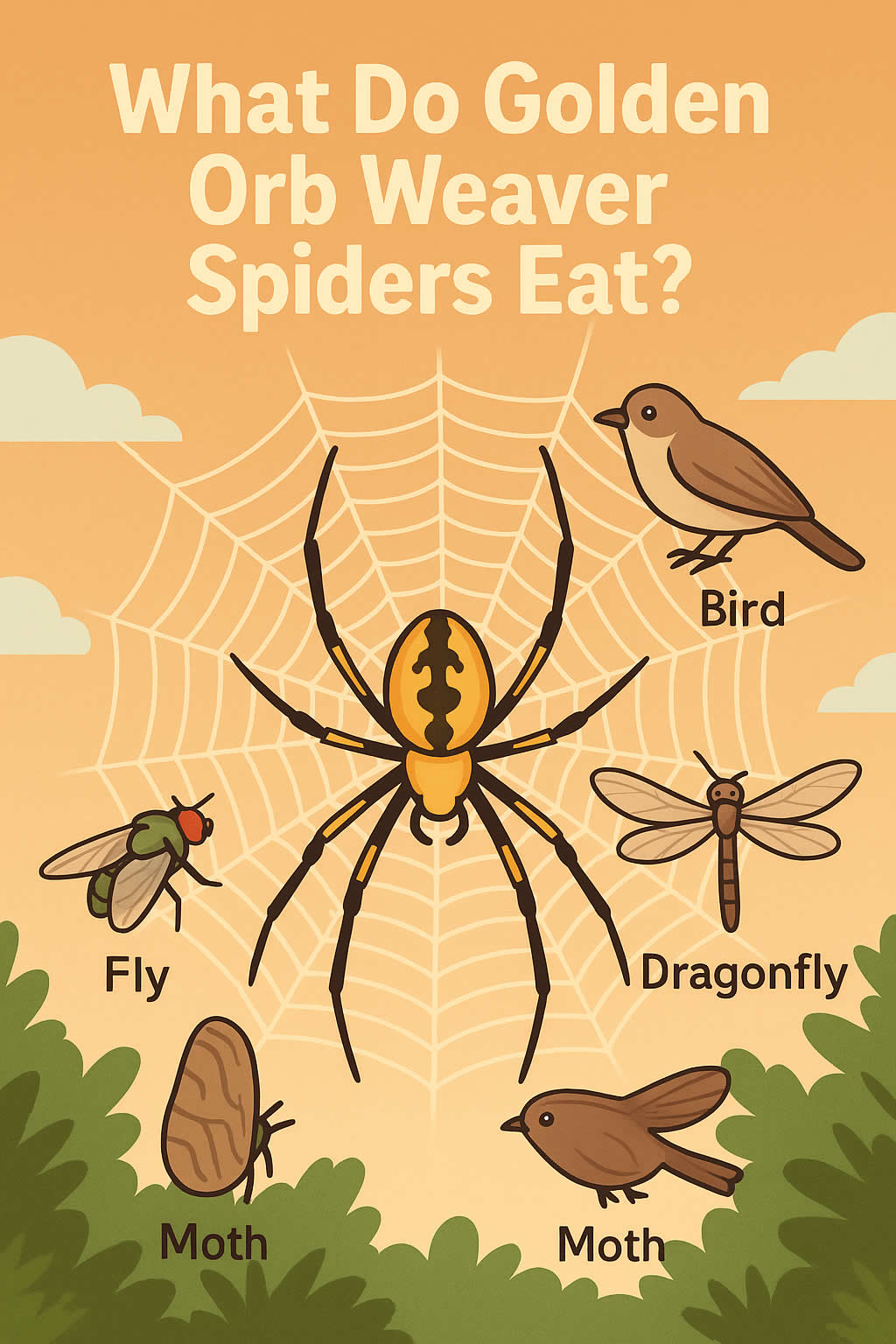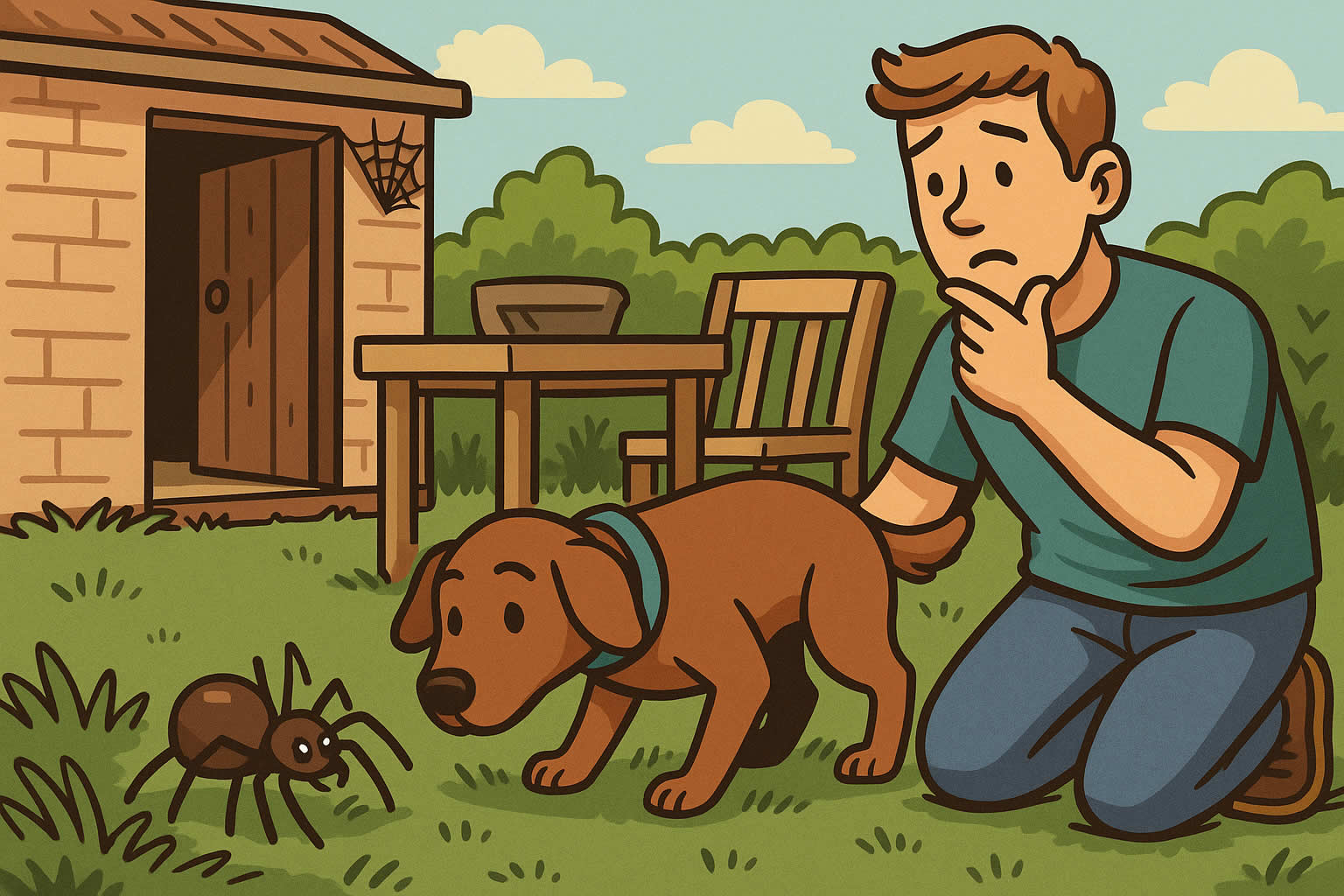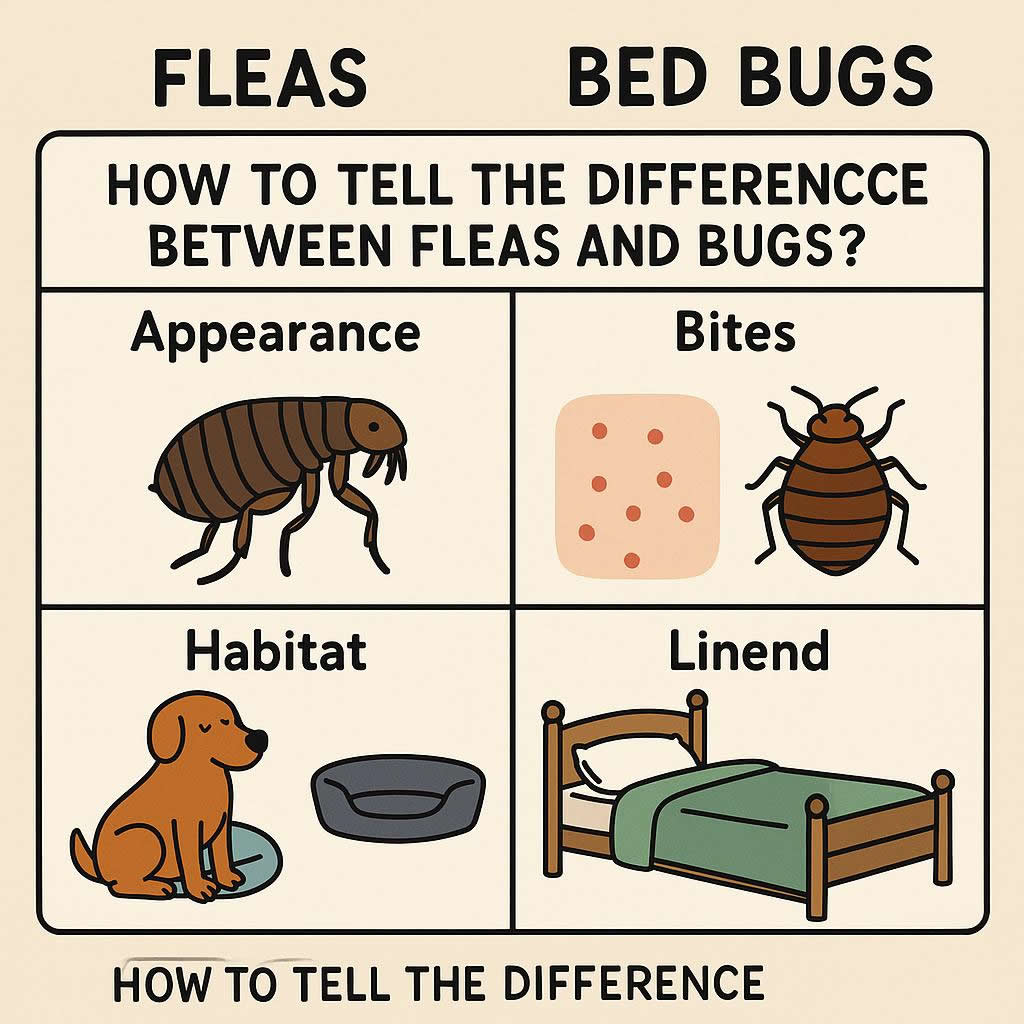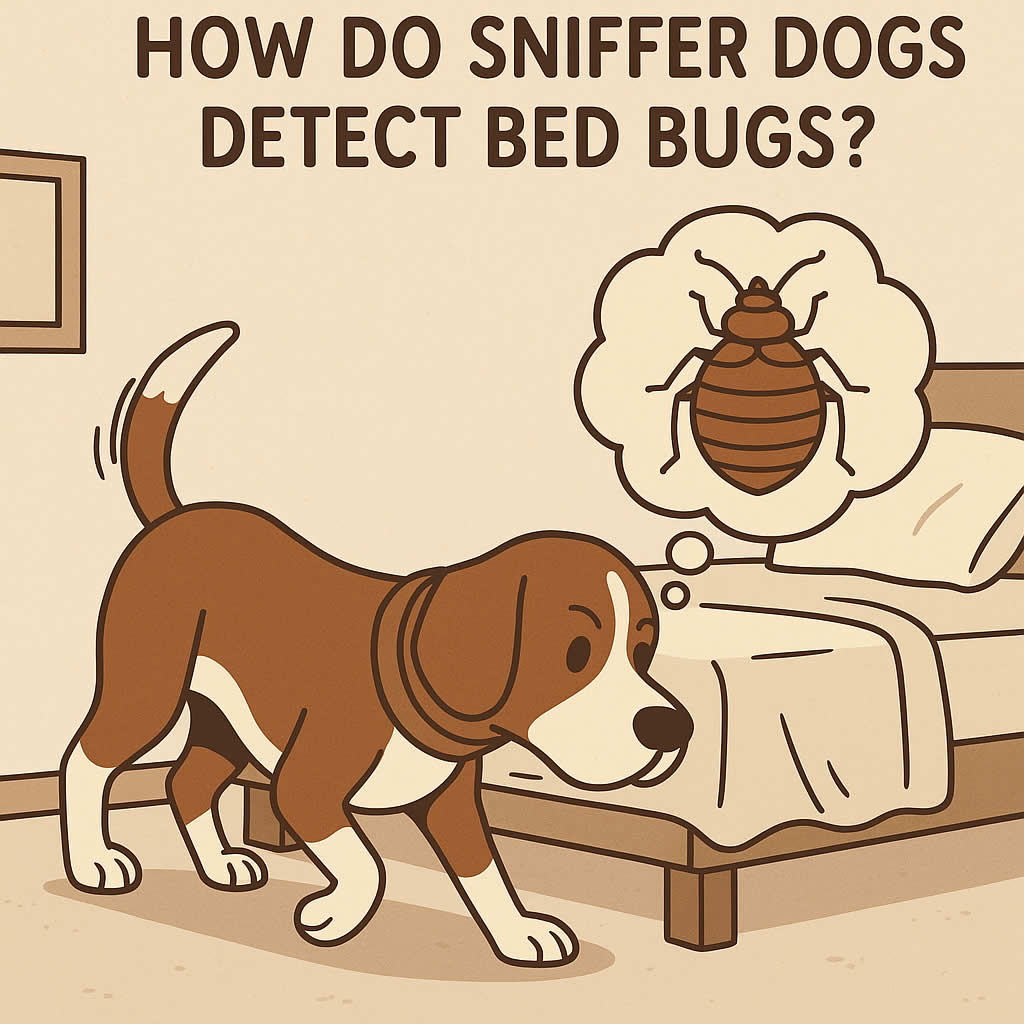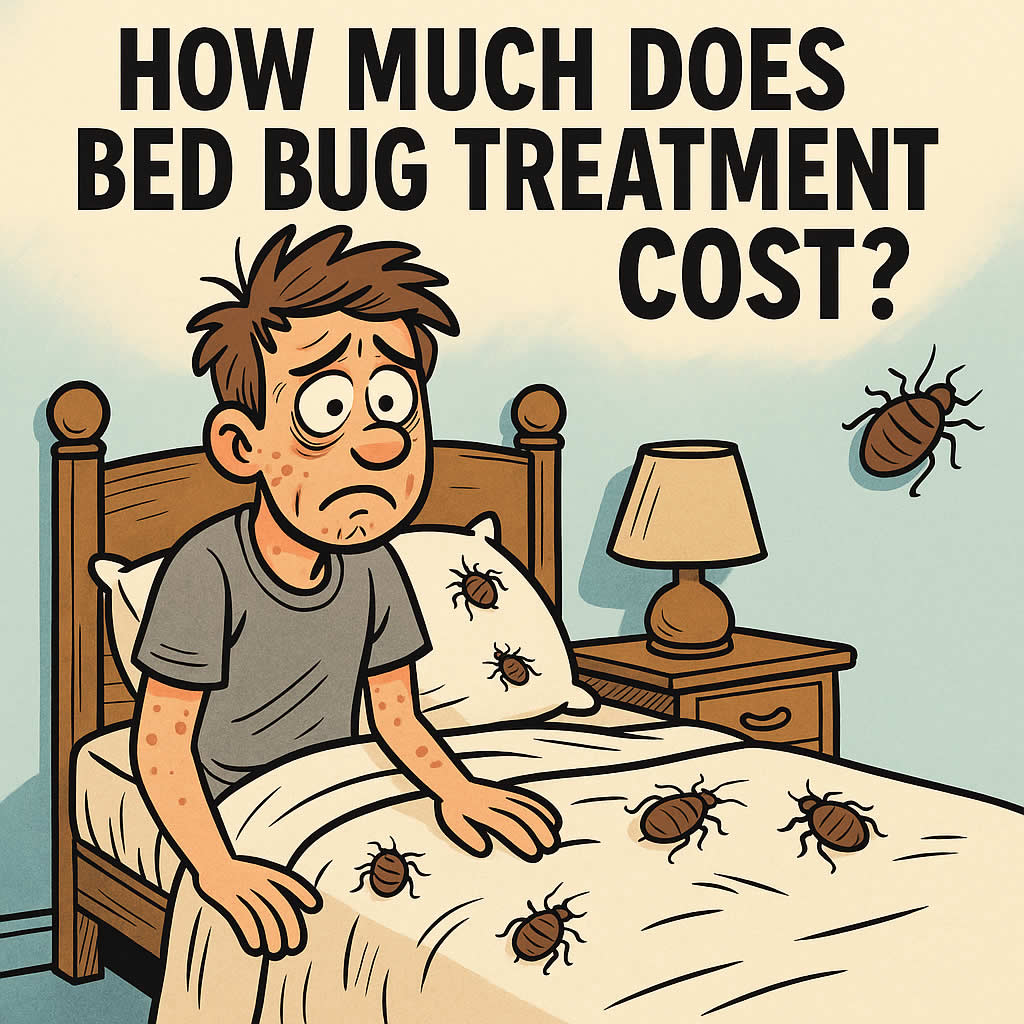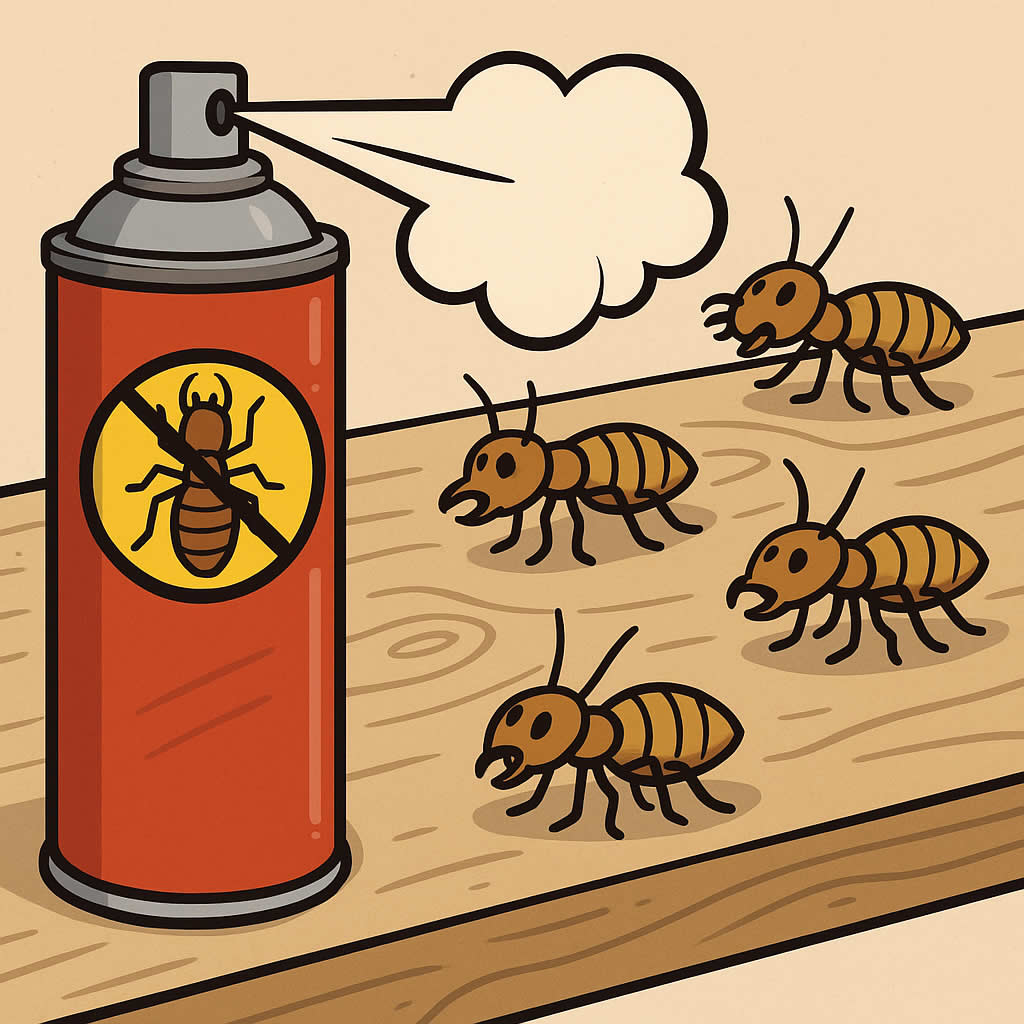Related Queries
ToggleRat droppings are one of the most common signs that these pests are present in your property. If you’ve never had to deal with them before, it can be difficult to know exactly what you’re looking at. Yet spotting them early can save you a lot of hassle, as they’re usually the first and clearest indicator of an infestation.
Fresh droppings are usually:
- Around 10mm to 20mm long
- Dark brown to black in colour
- Shaped like a grain of rice but thicker, with blunt or rounded ends
- Moist and shiny when new, turning grey and dusty as they age
One rat can produce up to 40 droppings in a single night, so you may find more than you expect. The sheer number of droppings is often a clue in itself, as a scattering of fresh faeces shows where rats are moving most often.
Size, shape, and appearance
Rat droppings are typically compared to olive stones or raisins in size. They’re thicker and more solid than mouse droppings, which are much smaller and more pointed. This is one of the easiest ways to tell them apart without any professional tools.
The shape is fairly consistent: elongated, rounded at the edges, and slightly curved. The exact appearance can vary depending on what the rats have eaten, but overall they tend to look dense and solid compared to other rodent faeces.
Fresh droppings vs old droppings
The condition of droppings can tell you a lot about how active the infestation is.
- Fresh droppings: shiny, moist, soft, and darker in colour. They will smear if touched (though you should never handle them directly).
- Old droppings: dry, brittle, grey, and crumbly. They often break apart easily and look faded.
If you find droppings in both conditions, it’s likely the rats have been active for a while and are still present. Only old, dusty droppings might mean the problem is historic, but caution is still needed because rats could return to the same routes.
Typical places where they’re found
Rats don’t scatter droppings randomly. They leave them along the paths they travel most frequently, and they often deposit them in clusters. You’re most likely to find droppings:
- In kitchens, especially behind appliances like fridges or cookers
- In lofts and attics, along beams or in corners
- In basements or garages, near food storage or bins
- Outdoors, near compost heaps, sheds, or pet feeding areas
- Along skirting boards, under cupboards, and behind heavy furniture
If you start to notice repeated piles of droppings in the same areas, it’s a clear sign that rats are moving regularly through those spaces.
How to tell the difference between rat and mouse droppings
At first glance, it’s easy to confuse rat droppings with those of mice. Both are dark, small, and pellet-shaped. But learning to tell them apart is essential because the size and severity of the infestation depends on what kind of rodent you’re dealing with.
The main differences can be summed up quickly:
- Rat droppings: 10–20mm long, blunt ends, thicker and heavier looking
- Mouse droppings: 3–7mm long, pointed ends, slim and delicate in appearance
Key size and shape differences
When you compare them side by side, the contrast is obvious.
- Mouse droppings look like small grains of rice, light and pointed at both ends.
- Rat droppings are chunkier, wider, and closer in size to a raisin or olive stone.
- The ends of mouse droppings taper into a sharp point, while rat droppings appear squared off or rounded.
If you’re only seeing one type, it can be harder to judge, but remembering these general size and shape rules helps you avoid misidentifying them.
Why distinguishing them matters
Knowing whether you’re dealing with rats or mice changes how you respond. For example:
- Control methods: Rats need stronger traps and larger bait stations than mice.
- Damage potential: Rats can gnaw through thicker materials, create larger holes, and contaminate more food.
- Health risks: Both pose risks, but rats are more likely to spread serious diseases and bacteria.
- Infestation scale: A few mouse droppings might point to a smaller group, but rat droppings often suggest a larger, more destructive problem.
If you mistake rat droppings for mouse droppings, you risk underestimating the problem. Rats reproduce quickly and can spread through a property in no time. Recognising their droppings correctly gives you the chance to act fast, get on top of the issue, and protect your health and home.
Why identifying rat droppings is important
At first, rat droppings might just seem unpleasant or unsightly, but there are real reasons why identifying them quickly matters. They’re not only a sign that rats are nearby, they’re also a warning that your property, health, and safety could already be at risk.
Spotting droppings early allows you to:
- Confirm that rats, not another pest, are responsible for the problem.
- Judge how recently the rats have been active (based on fresh vs old droppings).
- Track where rats are moving most often, helping you locate nests or entry points.
- Take action before the infestation grows larger and more destructive.
Health concerns linked to rat faeces
Rat droppings can carry harmful bacteria and viruses that pose a risk to human health. Even old droppings that look harmless can release dangerous particles into the air when disturbed. Some of the most concerning health issues linked to rat faeces include:
- Leptospirosis – a bacterial infection that can lead to Weil’s disease, affecting the liver and kidneys.
- Salmonella – a common cause of food poisoning, spread through contaminated surfaces or food.
- Hantavirus – although more common in some parts of the world, it highlights the danger of breathing in dust contaminated by rodent waste.
Children, the elderly, and anyone with weakened immune systems are especially vulnerable. This is why simply ignoring droppings or sweeping them away can be dangerous.
Signs of infestation and property damage
Droppings are rarely the only sign of rats. They often appear alongside other indicators such as gnaw marks, greasy smear marks along walls, or scratching noises at night. Taken together, these signs confirm an infestation that needs dealing with quickly.
Left unchecked, rats can:
- Gnaw through wires, creating fire hazards.
- Damage insulation, flooring, and even structural timber.
- Contaminate food storage areas.
- Leave behind strong, unpleasant odours from urine and faeces.
By identifying droppings early, you’re not just spotting the rats — you’re getting a head start on preventing much more serious problems.
Where rat droppings are most likely to be found
Finding rat droppings in your property doesn’t just confirm their presence — it also tells you where they’re most active. Rats leave droppings in areas where they feed, travel, or nest, and the locations you find them can give you valuable clues about the scale of the problem.
Inside your home
Indoors, rats prefer quiet, hidden areas where they won’t be disturbed. Common spots include:
- Behind kitchen appliances such as fridges, ovens, and dishwashers
- In cupboards or pantries where food is stored
- Along skirting boards, especially in darker corners
- Inside lofts and attics, usually near insulation or beams
- Underneath floorboards if there are gaps or crawl spaces
If droppings are present in kitchens or food cupboards, it’s a sign that your food supply could already be contaminated.
Around commercial properties
In commercial settings, droppings are often found in:
- Food preparation or storage areas in restaurants, cafés, and takeaways
- Warehouses and stockrooms where packaging can be chewed through
- Behind vending machines or fridges in offices
- Storage areas for pet food, grain, or animal feed
- Refuse storage areas or bins kept close to the building
For businesses, rat droppings are more than a nuisance. They’re a compliance issue, as health inspectors treat them as a serious breach of hygiene standards.
Outdoors and garden areas
Rats are just as active outside, especially in places where food or shelter is available. Outdoors, you might find droppings:
- Near compost heaps where food scraps attract them
- Around garden sheds, greenhouses, or woodpiles
- Close to drains and sewers where rats often nest
- By bird feeders or pet feeding bowls left outside
- Along fences, decking, or walls where rats run to stay hidden
Outdoor droppings usually mean rats are living nearby and venturing out to feed. If left alone, these outdoor populations can quickly move indoors when they find an entry point.
Are rat droppings harmful to humans?
The short answer is yes — rat droppings can be harmful, and the risks often go underestimated. They may look like harmless bits of dirt or waste, but they can harbour dangerous pathogens that spread to people and animals. Even if you don’t come into direct contact with them, there are still risks because dried droppings can release particles into the air that are easily breathed in.
Diseases carried by rat faeces
Rat droppings can be linked to several diseases, some of which can be life-threatening if untreated. These include:
- Leptospirosis – transmitted through rat urine but often present in contaminated droppings. It can cause flu-like symptoms at first, but in severe cases it develops into Weil’s disease, which can damage the kidneys and liver.
- Salmonella – one of the most common bacteria linked to rat faeces. It causes diarrhoea, stomach cramps, and fever, and spreads easily if food or kitchen surfaces are contaminated.
- E. coli – another bacteria that can cause food poisoning, usually spread by rats contaminating food sources with their waste.
- Hantavirus – although rare in the UK, it is a risk in other parts of the world and demonstrates how dangerous rodent droppings can be when inhaled as dust.
These risks make it clear why droppings should never be handled casually. Even small traces on food packaging, worktops, or pet food bowls are enough to cause illness.
Risks of exposure and unsafe cleaning
The danger isn’t only in the droppings themselves — it’s also in how they’re handled. Many people unknowingly make mistakes that put them at greater risk, such as:
- Sweeping up droppings with a brush, which spreads contaminated dust into the air
- Vacuuming droppings, which creates airborne particles that are easy to inhale
- Handling droppings without gloves or protective equipment
- Leaving contaminated surfaces uncleaned after droppings have been removed
Even indirect exposure can be a problem. For example, if droppings are disturbed in a loft or garage, particles can settle on stored belongings, clothing, or tools, which may later be handled without realising they’re contaminated.
This is why safe, controlled cleaning methods are essential whenever rat droppings are discovered.
How to clean up rat droppings safely
Once droppings have been found, cleaning them up is an important step — but it needs to be done with care. Incorrect cleaning can make the problem worse by spreading contaminated particles into the air or onto other surfaces. A cautious, methodical approach keeps you and others safe.
Protective gear to use
Before you start, it’s important to wear the right equipment. This should include:
- Disposable gloves to protect your hands
- A face mask to reduce the risk of inhaling particles
- Safety glasses if cleaning in dusty or enclosed areas
- Old clothes you can wash immediately after cleaning
- Disposable paper towels or cloths that can be thrown away after use
Without these, you risk direct contact with bacteria and viruses that may still be active in the droppings.
Safe step-by-step cleaning process
The safest way to clean rat droppings is to avoid disturbing them as dust. Instead, follow this simple method:
- Ventilate the area – open windows or doors to let fresh air circulate for at least 30 minutes before starting.
- Spray the droppings – use a disinfectant or a bleach solution to thoroughly soak the droppings and the surrounding area. This prevents particles from becoming airborne.
- Wipe carefully – use disposable paper towels to pick up the droppings. Avoid sweeping or vacuuming.
- Disinfect again – once the droppings are removed, clean the area a second time with disinfectant to kill any remaining bacteria.
- Dispose safely – place all paper towels, gloves, and other disposable items in a sealed plastic bag before throwing them in the bin.
- Wash thoroughly – scrub your hands with soap and hot water after finishing, even if you wore gloves.
Mistakes to avoid when handling droppings
When dealing with rat droppings, it’s just as important to know what not to do. Avoid the following:
- Don’t sweep or vacuum droppings — this creates airborne contamination.
- Don’t reuse cleaning cloths — always use disposable paper towels.
- Don’t skip protective equipment — even brief contact can be enough to cause illness.
- Don’t ignore surrounding areas — urine or bacteria may be present even if you only see droppings in one spot.
Safe cleaning might feel cautious or slow, but it’s far better than the risks of illness that come from handling droppings in the wrong way.
What to do if you find rat droppings
Discovering rat droppings can feel unsettling, but it’s important not to panic. What matters most is responding quickly and methodically so the problem doesn’t escalate. Even a small cluster of droppings can point to a bigger issue, and the sooner you act, the easier it is to contain.
Here are the first things you should do when droppings are discovered:
- Don’t touch them directly – put on gloves before going near the area.
- Check the freshness – dark, moist droppings are fresh and mean activity is ongoing.
- Look for more – droppings are rarely found in isolation. Scan nearby rooms, cupboards, or outdoor areas for additional signs.
- Note the location – this can help you trace where the rats are nesting or travelling.
First steps to take immediately
Once droppings are spotted, pause and take these actions:
- Secure food – remove or cover any exposed food, including pet bowls. Store items in sealed containers.
- Block access temporarily – close doors or block off the room to stop rats spreading further.
- Avoid sweeping or vacuuming – wait until you have the right cleaning products and protective gear.
- Take photos if needed – this can help a professional pest controller identify the problem faster.
Checking for other signs of rats
Droppings are only one clue. To get a clearer idea of how bad the problem is, check for:
- Gnaw marks on wood, wires, or packaging
- Smear marks along skirting boards or walls where rats brush past
- Urine smells in enclosed spaces such as lofts or cupboards
- Scratching noises at night, especially in walls or ceilings
- Burrows or holes near skirting boards, sheds, or external walls
The more signs you find, the stronger the case for calling in professionals rather than trying to handle things yourself.
When to call in pest control
You should contact a pest control service if:
- Droppings keep reappearing after cleaning
- You find large amounts in multiple areas of the property
- You notice damage to food packaging, wires, or structural materials
- There are signs of nesting, such as shredded materials or burrows
- The problem is in a workplace or food business where hygiene is critical
While small mouse problems can sometimes be handled with traps, rat infestations are rarely controlled without expert help. Calling in professionals ensures the problem is treated safely, thoroughly, and in compliance with local health regulations.
Preventing rats after droppings are discovered
Cleaning droppings is only one part of the solution. If the conditions that attracted rats in the first place aren’t dealt with, the problem can come straight back. Prevention is just as important as removal, and it often comes down to eliminating food, water, and shelter.
Securing entry points
Rats are skilled at squeezing through small gaps — as small as 15mm in some cases. Inspect your property carefully and block potential entry routes such as:
- Holes around pipes and drains
- Gaps under doors or in floorboards
- Cracks in brickwork or damaged vents
- Spaces around windows or roof tiles
Seal gaps with durable materials like steel mesh, cement, or metal plates. Softer fillers such as foam or wood are easily chewed through.
Storing food and waste correctly
One of the main reasons rats move into a property is the availability of food. Make sure you:
- Store food in sealed, airtight containers rather than cardboard boxes
- Keep pet food covered and avoid leaving bowls outside overnight
- Clean up crumbs or spillages quickly in kitchens or pantries
- Empty household bins regularly and use bins with secure lids
- Keep outdoor bins away from walls or entry points to the property
By making food harder to access, you reduce the incentive for rats to stick around.
Long-term prevention strategies
Beyond sealing and cleaning, there are other habits that make your property less appealing to rats:
- Maintain gardens – trim overgrown plants and keep grass short to reduce shelter.
- Secure compost heaps – cover with lids or mesh to stop rats feeding on scraps.
- Fix leaks – remove water sources such as dripping taps, gutters, or outdoor bowls.
- Store firewood and clutter off the ground – piles on the floor make easy nesting sites.
- Inspect regularly – check lofts, basements, and sheds a few times a year for new droppings or damage.
Prevention doesn’t have to be complicated. By combining vigilance with good housekeeping, you make it much harder for rats to gain a foothold again.
When to seek professional pest control services
Not every rat problem can be handled with DIY traps or shop-bought solutions. Rats are highly adaptable, reproduce quickly, and are intelligent enough to avoid poorly placed traps. If droppings are the first sign you’ve noticed, chances are the infestation is already more established than you realise.
There are situations where calling in professional pest control isn’t just recommended — it’s essential.
Situations where DIY won’t work
You should seek expert help if you notice:
- Large amounts of droppings in multiple areas of the property
- Fresh droppings reappearing after repeated cleaning attempts
- Structural damage such as gnawed wires, chewed skirting boards, or holes in walls
- Nesting activity like shredded insulation, cardboard, or paper in hidden spaces
- Persistent odours from urine and faeces that don’t go away after cleaning
- Noise at night suggesting rats are active within walls, ceilings, or floor voids
For businesses, especially those handling food, even a single cluster of droppings is enough to warrant immediate action. Health inspectors treat evidence of rats as a major breach, which can lead to fines, closures, and serious reputational damage.
Benefits of professional treatment
Professional pest controllers bring experience, tools, and strategies that go far beyond what’s available over the counter. Their support usually includes:
- Expert identification – confirming the species, the scale of the infestation, and the routes the rats are taking.
- Specialist equipment – access to professional-grade bait, traps, and monitoring systems.
- Safe methods – using techniques that protect your household, pets, or business customers from accidental harm.
- Prevention advice – guidance on sealing entry points, waste management, and future monitoring.
- Guaranteed results – many pest control companies offer follow-up visits until the infestation is under control.
DIY attempts might catch one or two rats, but they rarely eliminate the root cause. Professional treatment provides peace of mind that the problem has been handled thoroughly.
Our Final Say!
Rat droppings are more than just an unpleasant sight — they’re a warning sign that shouldn’t be ignored. Learning what they look like, where they’re found, and why they matter puts you in a stronger position to act quickly.
Let’s recap the essentials:
- Rat droppings are larger than mouse droppings, usually 10–20mm long with blunt ends.
- Fresh droppings are dark, moist, and shiny, while old droppings are grey, dry, and brittle.
- Droppings are often found near food sources, hidden paths, or nesting areas indoors and outdoors.
- They carry health risks, including leptospirosis and salmonella, and should never be cleaned without precautions.
- Safe cleaning requires protective gear, disinfectants, and careful disposal. Sweeping or vacuuming should always be avoided.
- Preventing rats means blocking entry points, managing food waste, and keeping outdoor areas tidy.
- Professional pest control is the best option when droppings keep returning, or when infestations are large or in commercial premises.
If you’ve found rat droppings in your home or business, the most important thing is not to ignore them. Clean the area safely, investigate for other signs, and take steps to secure food and shelter that may be attracting them.
When in doubt, don’t hesitate to bring in experts. Professional pest controllers can not only remove the immediate problem but also help protect your property from future infestations. Acting early can save you stress, money, and most importantly, safeguard your health.
Pest Control Sutton – Pest Control Linslade – Pest Control Chaul End
